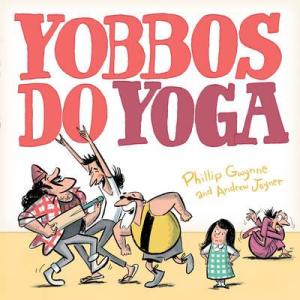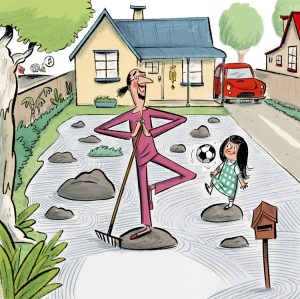Students finish today so I am doing my last post for 2014 – finishing on a high, I reckon.
This morning I watched a short video from an African environmental activist called Wangari Maathai and the story she shares fits in well with the future path of our school.
To explain, next year we are embarking on the journey to becoming a PYP school.
From the IB website…
What is the Primary Years Programme?
The IB Primary Years Programme (PYP) is a curriculum framework designed for students aged 3 to 12. It focuses on the development of the whole child as an inquirer, both in the classroom and in the world outside. It is defined by six transdisciplinary themes of global significance, explored using knowledge and skills derived from six subject areas, with a powerful emphasis on inquiry-based learning.
An important part of any PYP inquiry is the ‘taking action’ by the student, using knowledge gained in their inquiry. For example, the year 6 currently get involved in a unit about humans and their effect on the environment. The difference with a PYP way, would be, I think, that there is an expectation that the students, during their inquiry take some action to effect their environment, or make a difference somehow. But when the topic is something as big as climate change, or deforestation, how can 1 student make a difference?
This is where this story comes in – and I have added it to the Libguide I created as well.





